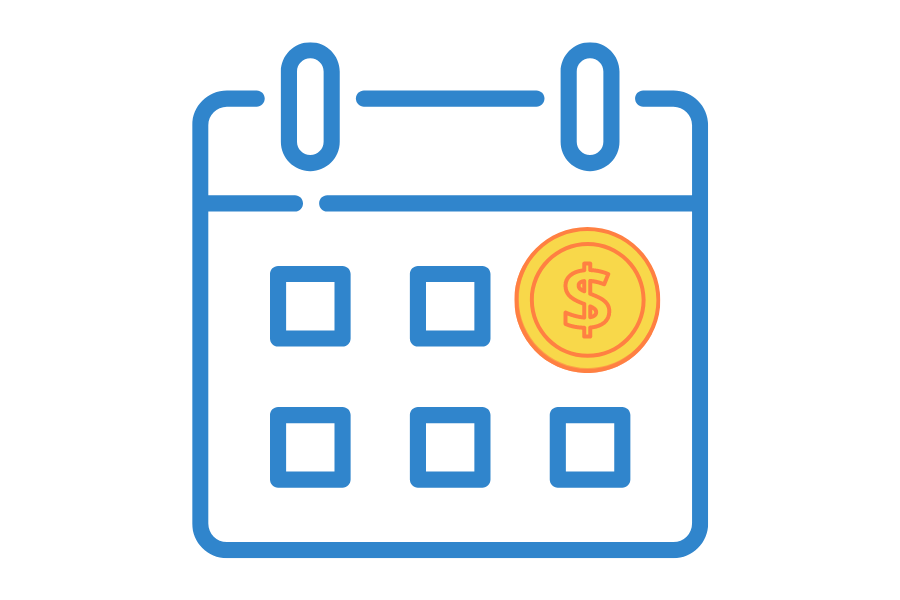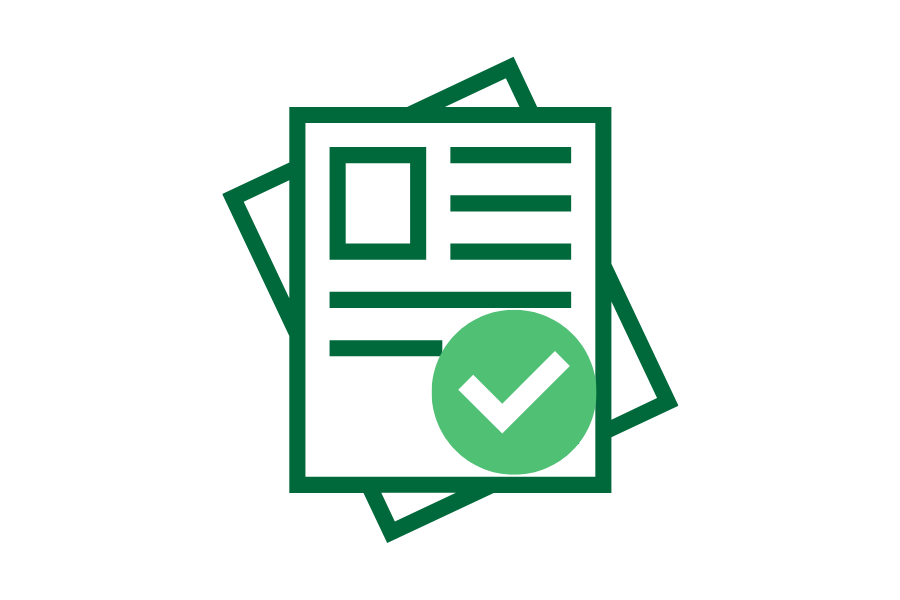Understanding Accounts Receivable Aging Reports
As a business owner, managing your finances efficiently is essential for maintaining a healthy cash flow and ensuring that your operations run smoothly. One crucial tool in achieving this is the Accounts Receivable Aging Report. In this guide, we will delve into the world of aging reports, what they are, why they are important, and how to use them effectively to manage your accounts receivable.
What Is an Accounts Receivable Aging Report?
An accounts receivable aging report is an accounting document that provides businesses with an overview of their outstanding payments from customers and how long these payments are past due. In essence, it offers a snapshot of the aging status of your accounts receivable, helping you track and manage your cash flow effectively.
Understanding Accounts Receivable
Before diving deeper into aging reports, it’s essential to grasp the concept of accounts receivable. Accounts receivable (AR) represent sales for which payment has not yet been received at the time of the transaction. Instead of receiving immediate payment, the business extends credit to the customer, expecting payment at a later date, usually within two months.
However, not all customers adhere to payment timelines, leading to the need for accounts receivable collections, a process aimed at ensuring timely payments for products or services provided.
The Role of an Accounts Receivable Aging Report
An aging report serves several critical functions within a business:
- Collections Management: Aging reports enable accounting staff to evaluate accounts receivable, identifying which accounts should be referred to collections and determining the appropriate collection measures based on the overdue period.
- Performance Evaluation: These reports provide valuable insights to management for assessing how effectively the business converts sales into cash. It reflects the credit extension policies and collection procedures in place.
- Estimating Bad Debts: Aging reports assist in estimating potential bad debts, a crucial aspect of financial planning. Bad debts are typically accounted for through an allowance for doubtful accounts, ensuring financial statements remain accurate.
What Information Is Included in an Accounts Receivable Aging Report?
An aging report categorises individual accounts receivable into groups based on how long they are past due. The typical groupings are:
- 0-30 days
- 31-60 days
- 61-90 days
- More than 90 days
Each group represents the time elapsed since the invoice was issued to the customer. By organising accounts receivable in this manner, the aging report helps businesses evaluate their financial standing and determine necessary actions.
Why Is an Accounts Receivable Aging Report Important?
The importance of an accounts receivable aging report cannot be overstated, as it plays a pivotal role in several aspects of business management:
- Collections Support: By categorising accounts based on their overdue status, aging reports empower businesses to take the necessary steps to collect outstanding payments promptly.
- Credit Policy Adjustment: Identifying multiple clients with repeated late payments can signal the need to revisit and adjust credit policies to ensure more reliable payments.
- Cash Flow Management: Maintaining healthy cash flow is essential for business survival. Aging reports help businesses detect and address issues in accounts receivable that may hinder cash flow.
- Estimating Bad Debts: These reports aid in calculating estimates for bad debt and doubtful accounts, allowing businesses to set aside reserves for potential losses.
Summary
In conclusion, an accounts receivable aging report is a vital tool for businesses of all sizes. It helps you manage your outstanding payments effectively, improve cash flow, and make informed decisions about your credit policies.
By incorporating this valuable tool into your financial management strategy, you can enhance your business’s financial health and ensure long-term success. Additionally, if you require assistance with your accounting and financial management needs, consider outsourcing your accounting to a professional service like Counto, which specialises in accounting, tax, company secretary, and company incorporation services.
Try Counto accounting service
Counto exists to help small businesses like you save time and money throughout the year. Get direct access to a dedicated Customer Success Manager, who’s backed by a team of accountants and tax specialists. Discover a smarter way to outsource your accounting with confidence. Speak to us directly on our chatbot, email us at [email protected], or contact us using this form.
Here are some articles you might find helpful:







